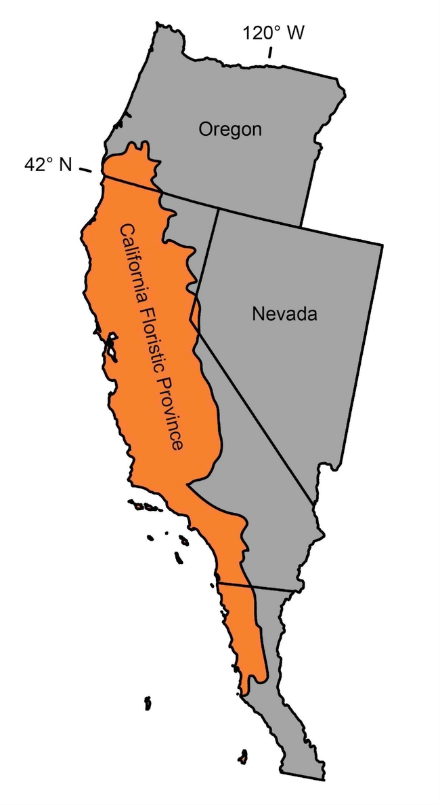
Laura's Line: The Nature Reserve: Preserving Biodiversity in the California Floristic Province
When you search the term “biodiversity”, AI will tell you that biodiversity is short for "biological diversity" and refers to the variety of life on Earth encompassing all living organisms from genes and species to ecosystems. Biodiversity can be further broken down into “species diversity” referring to the abundance of different species in a specific area, “genetic diversity” meaning the variety of genes within a species which influences the ability of that species to adapt to changing environments and “ecosystem diversity” which is defined as the variety of habitats, communities and ecological processes at work within a given area.
Biodiversity hotspots are areas that contain at least 1,500 vascular plants found nowhere else on Earth (these are known as endemic species) and also have lost 70 percent of their primary native vegetation. Worldwide there are 36 such recognized hotspots of which the California Floristic Province (CFP) is one. The CFP includes most of California and extends to Northern Baja California. Species as big as the giant sequoia tree and as small as the Laguna Beach liveforever are endemic to the CFP.
The Nature Reserve is conserving over 20,000 acres of Rancho Mission Viejo lands that include endemic plant species like the many-stemmed dudleya and thread-leaved brodiaea; and entire vegetation communities such as coastal sage scrub and native grasslands, that make the CFP a biodiversity hotspot. All our monitoring and management activities are focused on preserving in perpetuity the biodiversity of these lands. Join us at a program and see our corner of this California Floristic Province biodiversity hotspot for yourself!
Map Attributed to: National Environmental Education Foundation
